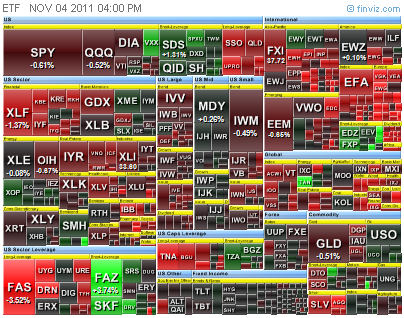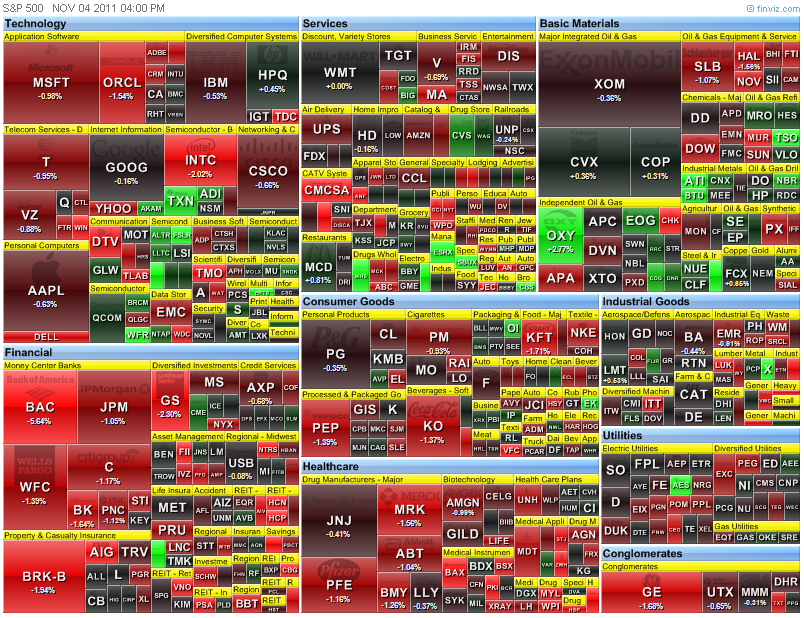
Case 1: The Battle of Red Cliffs (赤壁之战)
In the year 208 AD, during the era of civil war and the process of forming up the Three Kingdom…
Prime Minister Cao Cao after conquered the Northern China wanted to conquer the Southern China. Two leaders, Liu Bei and Sun Quan, arised against Cao Cao's tyranny. Cao Cao brought 240,000 soldiers to fight the battle against the ally of Liu Bei and Sun Quan, which had only 50,000 soldiers.
For Cao Cao’s army to attack the enemy, they must sail across a river. Since most of the soldiers from the north was unused to battling on the ships and having seasick, they set up the camps next to the river bank and doing their training.
The ally strategist, Zhou Yu, thought of a way to exploit this weakness of Cao Cao’s army. Zhou Yu idea was to attack the Cao Cao’s battle ships by fire. But, he also knew that it was impossible to burn up most of the ships as they can sail away easily.
How did Zhou Yu prevent Cao Cao from CUTTING LOST during the fire attack??
He sent spy to suggest to Cao Cao that he should get all the battle ships to be chained together by heavy metal-chain in order to reduce the fluctuation of the ships, and then his soldiers can speed up the training without having seasick. Cao Cao happily accepted that suggestion and implemented accordingly…
And, that fire burned up most of the Cao Cao’s army during the battle. Though Cao Cao managed to escape back to the north, he never able to gain back the strength advantage over his two opponents for the rest of his life...
Case 2: A Typical Mutual Fund
Sometime ago, I saw a Professor of Economics on TV commenting on stock market matters... He said that even the best fund manager, such as Warren Buffett, had lost more than 50% of his fund value (Berkshire Hathaway) during the last economy crisis from 2008 to 2009. So, as a individual investor, if you lose lot of money in the market, that's normal and don't blame yourself....
So. What do you think about his comment?
I would say that this professor had not done his home work properly, and thus comparing an Apple to an Orange!
Let me explain...
The Mutual Fund Mangers, by law, are supposed to be fully invested with the fund under their management. They can "Rotate" their fund among various sectors, but are not allow to hold cash over a period of time.
Therefore, by law, they cannot CUT LOSS even if they know the market will continue to fall for a period of time. This law is necessary for the stability of the market... Imagine that if all big fund managers are pulling out their investment due to economy crisis, no one can know how deep the market can go.
So, one must realize that the main goal of a fund manager is aiming at beat the market, and not to make money for the clients. They make money by charging the clients for managing their money, not by how much they generate the profit from the fund.
BUT, on the other hand, as a individual investor/trader. There is NO LAW restricting you from cutting lost or even going short. Thus, I say that many commentators appear on the TV do not know what are they talking about.
These tell us that... It is not that the bigger organization can always eat the smaller, it is the faster can eat the slower.
Having looked at the the effect of not being able to cut lost timely, now let us look at the importance cutting lost decisively while it is still small:
1) It is much easier to gain back the lost while it is cut at small percentage.
The following table show a Recovery/Loss Ratio. When the lost is cut less than 10%, it can be recover with about the same amount of gain in percentage. BUT, if one were to let the lost grow bigger, say 50%... then he need to gain 100% just to recover... With even bigger lost, the chances to recover are getting smaller!
"An error doesn't become a mistake until you refuse to correct it." - Orlando A Battista
The following show the S&P500 returns and it normal distribution over the year of 1926 - 2008. This is the kind of chart you can find in any Quantitative Analysis books on the stock market that shows the probability of win and loss in buying a stock over a period of time.
click on the chart to zoom-in
Now, imagine with your mind that if you were to chop off a big portion of the left-hand-side of the distribution chart through the technique of CUT LOSS (as show in the following diagram), you can literally allow yourself ONLY TO PARTICIPATE IN THE UPTEND MARKET!!! (Of course, for those who are shorting, chop off the right portion of the chart.)
 Last but not least, in order to be able to use the technique, especially for the beginner. It is best to use market index tracking ETFs (exchange-traded-fund) as the vehicles. As they generally do not gap up or down in high percentage that one has to miss the targeted cut lost point far away...
Last but not least, in order to be able to use the technique, especially for the beginner. It is best to use market index tracking ETFs (exchange-traded-fund) as the vehicles. As they generally do not gap up or down in high percentage that one has to miss the targeted cut lost point far away...
"There is only one side to the stock market;... not the bull side or
the bear side, but the right side. It took me longer to get that
general principle fixed firmly in my mind than it did most
of the more technical phases of the game of stock
market speculation."



.jpg)











2 Comments->:
--------8<----Original Message-------------------
Interesting thought and I absolutely agree with that.
But the period or frequency is key, isn't it?
The chart is on the year base - but not on month or even on the week base!
The up and down is occurring at least once a week - 2 or 3 days up then 2 or 3 days down.
I think if we can have a weekly view or weekly calender with all trade organizations or companies reports due in that week (plus analyst estimates) - that would help to decide on the strategy for that week a bit more!
Best
XXXX
-----------------------8<-----------------------
Good afternoon, XXXX
In trading, there are few aspects to look at ...
1) Mind-set,
2) Skill-set,
3) Toolbox,
4) Capital available, &
5) Time available.
And, first of all, the Mind-set involve in right philosopy, etc. It will propel the person to learn the skill set too, if one has the burning desire.
As for the Time Frame you are talking about, it should depends on the Time Available of the individual and using the Trading Tool box to look at multiple time frame.
It is not easy to explain in full with an email or blog entry, but this link would give a good idea in addressing your question:->
http://blessedfool.blogspot.com/2009/10/stock-market-tools-3-multiple-time.html
Bless You
KH Tang
Kh Tang'S Blog: Personal Finance (5) : Cut Lost >>>>> Download Now
>>>>> Download Full
Kh Tang'S Blog: Personal Finance (5) : Cut Lost >>>>> Download LINK
>>>>> Download Now
Kh Tang'S Blog: Personal Finance (5) : Cut Lost >>>>> Download Full
>>>>> Download LINK
Post a Comment